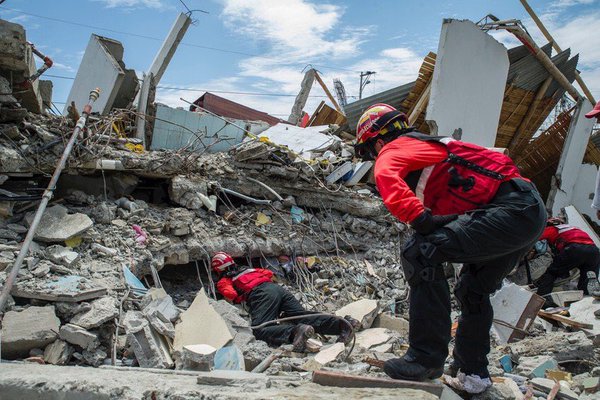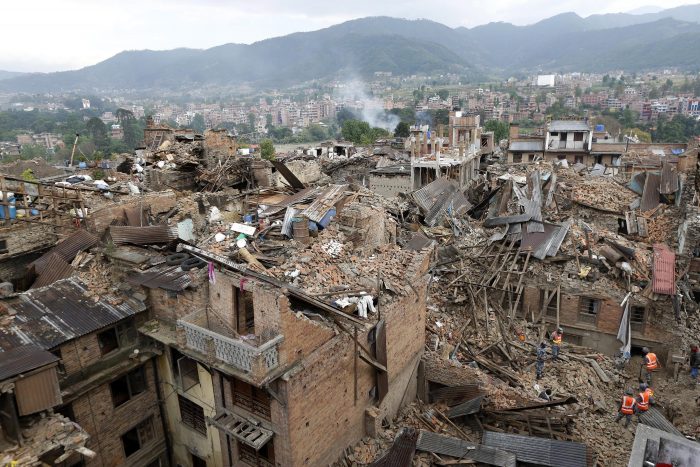How to Respond to Recent Earthquakes
Earthquakes rocked Ecuador, Japan, and Myanmar this past weekend, affecting thousands, and reminding all of us how vulnerable communities are to external disaster shocks. As reported by the International Federation of Red Cross and Red Crescent Societies, a 7.8 magnitude earthquake struck northern Ecuador at 6:58 pm local time on Saturday, April 2016. Ecuador’s National […]

Earthquakes rocked Ecuador, Japan, and Myanmar this past weekend, affecting thousands, and reminding all of us how vulnerable communities are to external disaster shocks.
As reported by the International Federation of Red Cross and Red Crescent Societies, a 7.8 magnitude earthquake struck northern Ecuador at 6:58 pm local time on Saturday, April 2016. Ecuador’s National Secretariat for Risk Management reports 238 deaths, 1,577 injuries, 370 buildings destroyed, and 151 others have been affected, and 26 schools have been affected. According to Reliefweb.int, the Ecuadorian Red Cross estimates that the numbers of affected people could reach up to 70,000 and 100,000, with 3,000 to 5,000 needing emergency shelter. Electricity is in the process of being restored to all affected cities.
Japan was hit by a series of earthquakes on April 14 and 16 measuring 6.5 and 7.3 magnitude. Japanese authorities have confirmed 42 casualties, 1,095 injuries and 11 people still missing. Over 100,000 people are still residing in evacuation centers across the affected prefectures.
As the private philanthropic sector considers how to respond to these recent earthquakes, we here at CDP offer the following counsel for how to help:
- Help fund innovative building programs and education, particularly in resource-poor countries. Poorly constructed buildings collapse in earthquakes; falling debris is the greatest cause of death. Some experiments with straw houses and bamboo are underway. But overcoming local superstitions about alternative building materials is necessary.
- Transfer knowledge from prepared communities to those at risk. Cities and countries that experience the most frequent smaller earthquakes often are extremely well-prepared while others that are due for a major earthquake may not be.
- Invest in water system initiatives. Vital services are important to stop the spread of disease. Yet in an earthquake, infrastructure often is damaged. Alternative water supplies can be vital to stopping disease. Both small-scale water supplies—for rural areas—and large systems for urban centers are needed.
Japan has accepted international assistance from the United States; Ecuador has yet to request international assistance at this time. So, while media and public interest in these crises is currently high, the call for a philanthropic response is not yet clear. CDP recommends that the private philanthropic community do the following:
- Reach out to your trusted international non-governmental partners to understand how they are responding to the earthquakes;
- Wait for one to two weeks to understand the full magnitude of needs that have arisen as a result of the earthquakes;
- Call the CDP hotline at 206.972.0187 to better understand how your organization can make a difference in supporting earthquake recovery efforts.
More like this

Three Keys to Effective Earthquake Recovery

